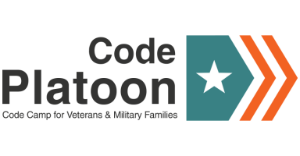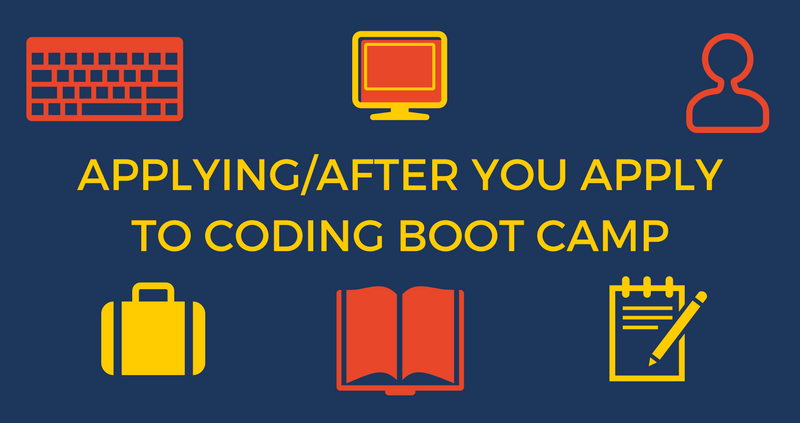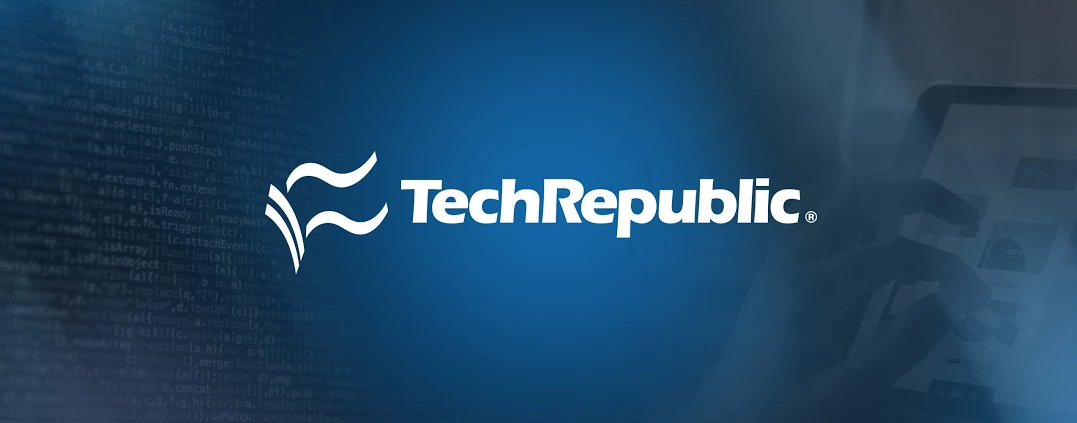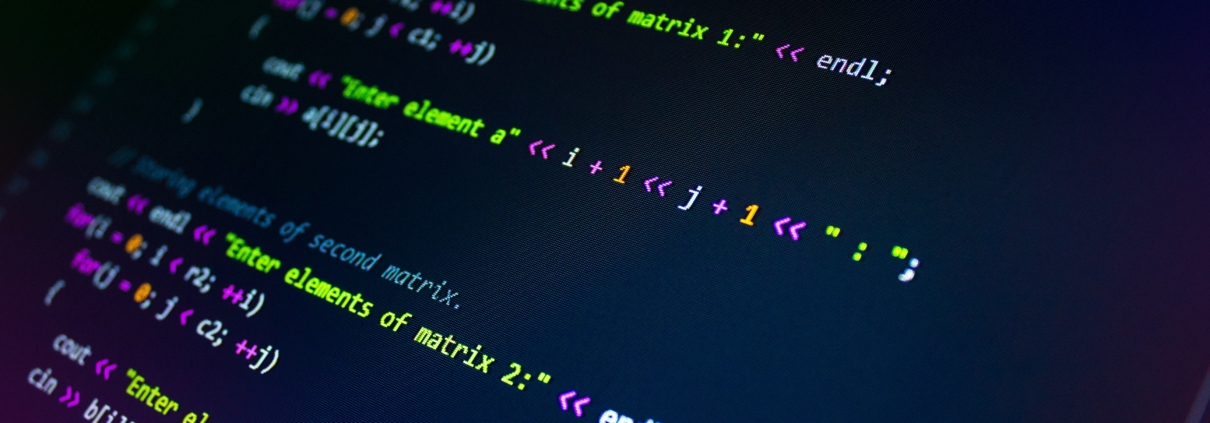Application tips and how to make the most of your time when you’re at coding boot camp
Part II: You picked a school and decided to apply
Congratulations! Hopefully you’ve considered your answers to all of the questions in Part I carefully and are eyeing the school of your dreams (if you haven’t, here’s where you can read Part 1).
But don’t get too excited yet, you still need to get accepted into that dream school…
1 How do I get in?
Most coding boot camps have a fairly long application process. If there are short answer or essay questions be sure to answer all of them and try to reflect passion in your writing. If there is an interview or coding test, try to show your thought process and your amazing problem-solving skills rather than focusing on just getting the right answer. This gives boot camp recruiters a reason to accept you even if you’re answer was slightly off or if your code was a little buggy.

Recruiters will probably ask for a normal, paper resume as part of the application, but it would also be highly beneficial if you had a strong online presence. You can display any prior coding skills on GitHub, make a personal website, and perfect your LinkedIn page. These simple things will help you have a stronger personal brand and appear more professional when your application is being considered.
Code Platoon’s application process only requires the DD-214 and Statement of Service forms for eligibility, and then 60-100 hours of pre-work on computing basics, for example.

2 What should I do to prepare myself for boot camp?
Frankly, a lot of things. And you thought applying was hard.
If the coding boot camp you want to attend doesn’t already stipulate a few tasks for you to do, to make that boot camp price tag pay off, you should first practice coding as much as possible, in whatever language it is that you will be learning. There are most definitely going to be online resources that you can use, such as the aforementioned Codecademy, Free Code Camp, and so many others that are accessible once you hit ‘enter’ on your favorite search engine. There’s also the all-around great resource Bento.io, which aggregates online resources that are available to learn coding.
3 What should I do while I’m at boot camp?
When you are in a coding boot camp, what ultimately matters is how hard you are willing to work. Perseverance and grit make the programmer, not how many languages they know. Working hard should be your number one priority if you want that ROI to be as high as possible. When you’re not in class, you should be studying or practicing what you covered in class. You need to put in all of your effort for those 10 or so weeks; again, the best boot camps tend to be immersive, which means plan on putting aside most of the rest of your life while you are going through the bootcamp.
Apart from working as hard as humanly possible, you should be asking questions. As many as you can. Try to answer your own questions first if possible, but don’t be afraid to ask for help. Your instructors are a great resource and your classmates will appreciate your engagement with the material.
Finally, network, network, network. Get to know your fellow developers-in-training. Talk with your instructors and attend events and career fairs. Connect with potential employers and companies that you would like to work for on social media by following them and replying to their posts.

4 What do I do after boot camp?
If you’ve graduated from coding boot camp, you should now have the skills you need to land a job as a developer if you’re boot camp was worth its salt. So what are you waiting for? Research companies! Apply to jobs! Maintain and hone your new skills! Start that new career in tech that you have always wanted and have worked so hard for.
About Code Platoon:
Code Platoon is an immersive, beginner-friendly coding boot camp located in the heart of Chicago. Code Platoon offers to cover 80% of tuition costs if you are a veteran, so the total out-of-pocket cost is $2,500. Code Platoon provides instant leads internships, interview preparation, job counseling, employer matching. Join us today by signing up at here.


















